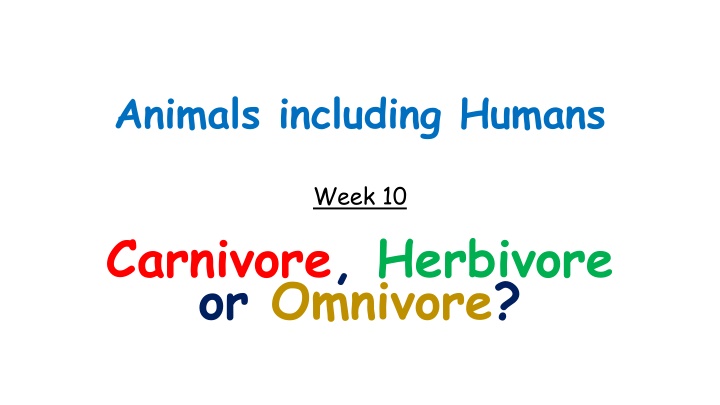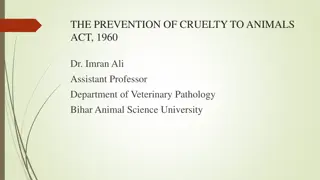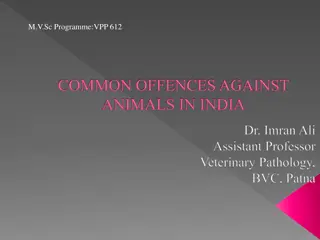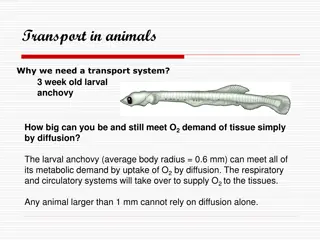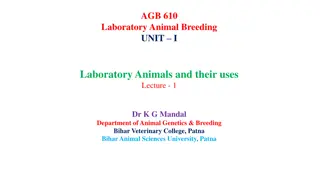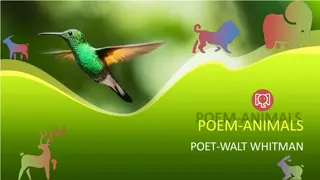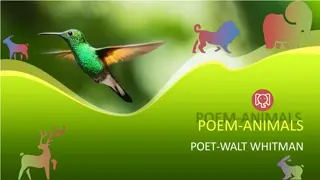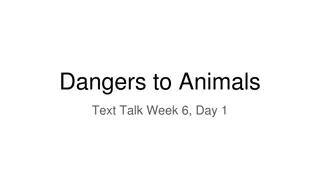Animals Week 10: Carnivore, Herbivore, or Omnivore?
Explore the different types of animals based on their diet - carnivores, herbivores, and omnivores. Learn about what these animals eat and discover fascinating facts about their unique dietary habits. See how animals are categorized into different groups and understand the distinctions between mammals, fish, birds, amphibians, and reptiles. Unveil the world of animal diversity and feeding preferences.
Download Presentation

Please find below an Image/Link to download the presentation.
The content on the website is provided AS IS for your information and personal use only. It may not be sold, licensed, or shared on other websites without obtaining consent from the author.If you encounter any issues during the download, it is possible that the publisher has removed the file from their server.
You are allowed to download the files provided on this website for personal or commercial use, subject to the condition that they are used lawfully. All files are the property of their respective owners.
The content on the website is provided AS IS for your information and personal use only. It may not be sold, licensed, or shared on other websites without obtaining consent from the author.
E N D
Presentation Transcript
Animals including Humans Week 10 Carnivore, Herbivore or Omnivore?
Last week we looked at how animals are put into groups like Mammals, Fish, Birds, Amphibians and Reptiles. Can you remember some facts about each of these types of animal? How many of the groups of animals lay eggs? Which groups can breathe in water?
We can also group animals by what they eat.
Carnivores Carnivores eat only meat. Animals that hunt (predators) are carnivorous. Cats, sharks and most sea creatures are carnivores.
Herbivores Animals that only eat food from plants are called herbivores. They can eat plants like grass and leaves, fruit, nut and seeds.
Omnivores Omnivores eat meat and plants. Lots of birds are omnivores as they eat insects and worms, fruit and seeds.
